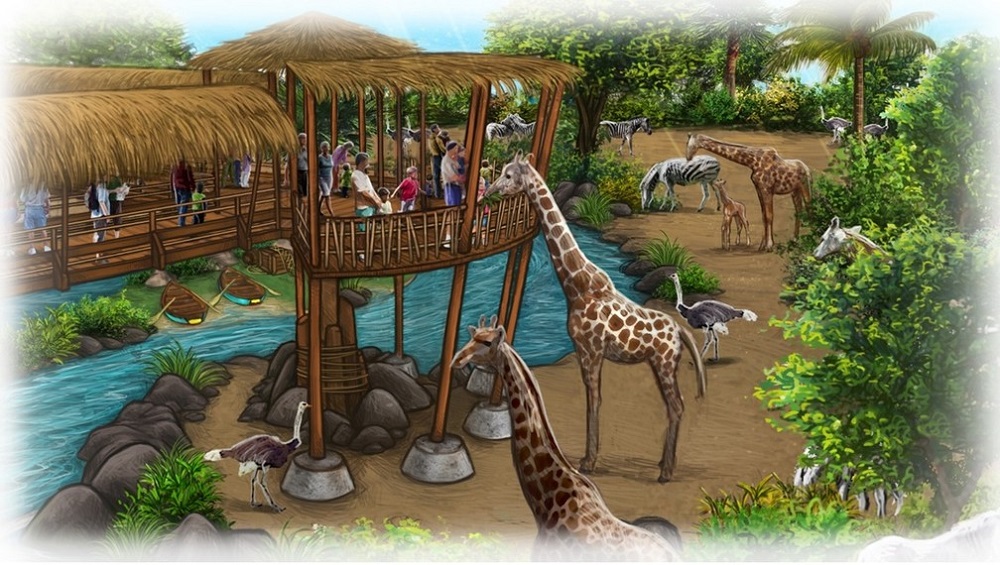RIO DE JANEIRO, BRAZIL – The works began in June last year, with the symbolic demolition of the waterfowl enclosure, an area of approximately 200m2. The works of the RioZoo will radically change the old zoo and turn it into a Biopark.
The measure aims to ensure the safety of visitors while major interventions are carried out in an area of more than 100,000 m2. When it is ready, the Rio Zoo will be a new landmark for nature tourism in the city, with important Education, Research and Conservation projects, such as those promoted by AquaRio, another project managed by the Cataratas Group.

“We need to ensure the safety of visitors at this time. We have a large and challenging project that requires great caution, so we will momentarily close for visits and in the very near future we will be offering a zoo of international standards to the public,” says Fernando Menezes, the park’s director.
The Rio Zoo will become a research center in animal life of international standards and will benefit from a Population Plan, which aims to serve as a genetic bank for species, conservation projects and re-functionality (future return of species to their original habitats), inserting it into a select group of international institutions that will play a leading role in the “Decade of Restoration” (2021 – 2030).
With the conclusion of the first stage work scheduled for the first quarter of 2020, the park will partially reopen, providing an immersive and unprecedented experience in the Aventura Selvagem (“Wild Adventure”), Aves (“Birds”) and Fazendinha (“Little Farm”) environments, to later reopen the other areas.
In its initial project, the tour of the Rio Zoo will begin with the Biosfera das Aves (“Bird Biosphere”), a large 3,000 m2 nursery, which will include more than 100 species, divided into three biomes: Atlantic Forest, Pantanal, and Psittacoidea (Parrots).
For the more adventurous visitors, there will also be the option of a tree climbing circuit.
The Fazendinha will remain a place of education, where children will have close contact with the animals. It is there that they will learn where the milk and eggs that are part of their diet come from, followed by the Zoo’s monitoring team and an even larger structure.
In the savannah area, which will replace the current Passarela da Fauna (“Fauna Runway”), the public will have the opportunity to join a boat safari that runs on a 400-meter long artificial river.
This biome will feature species such as zebras, wildebeests, and giraffes – which can be fed by visitors.

